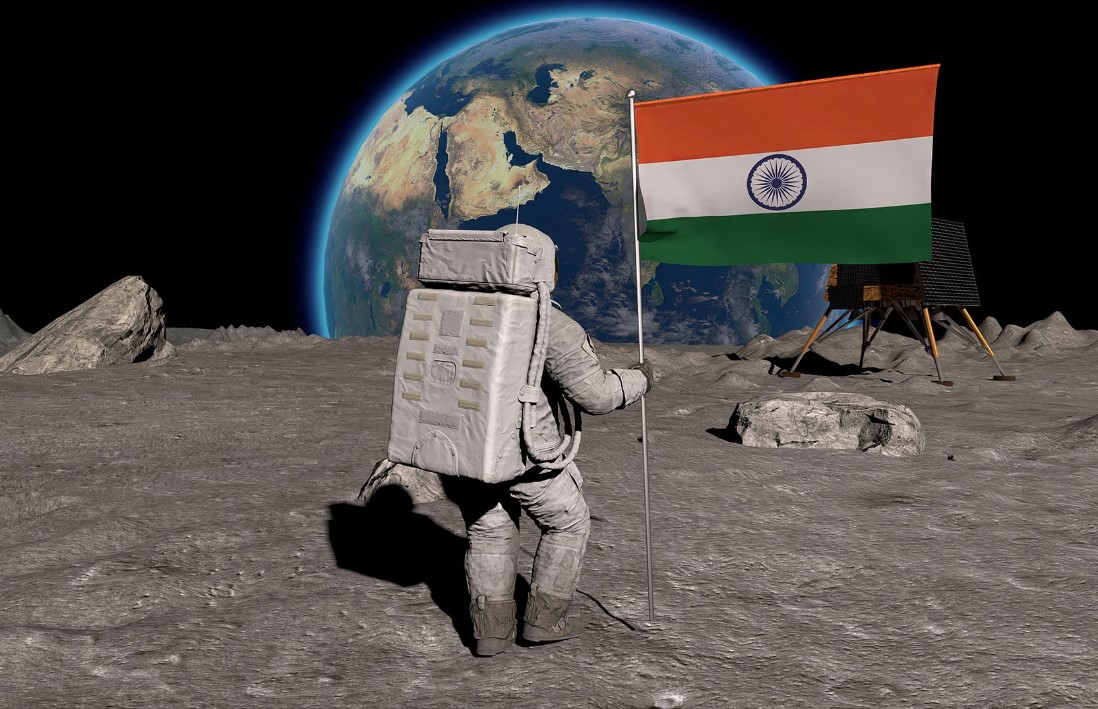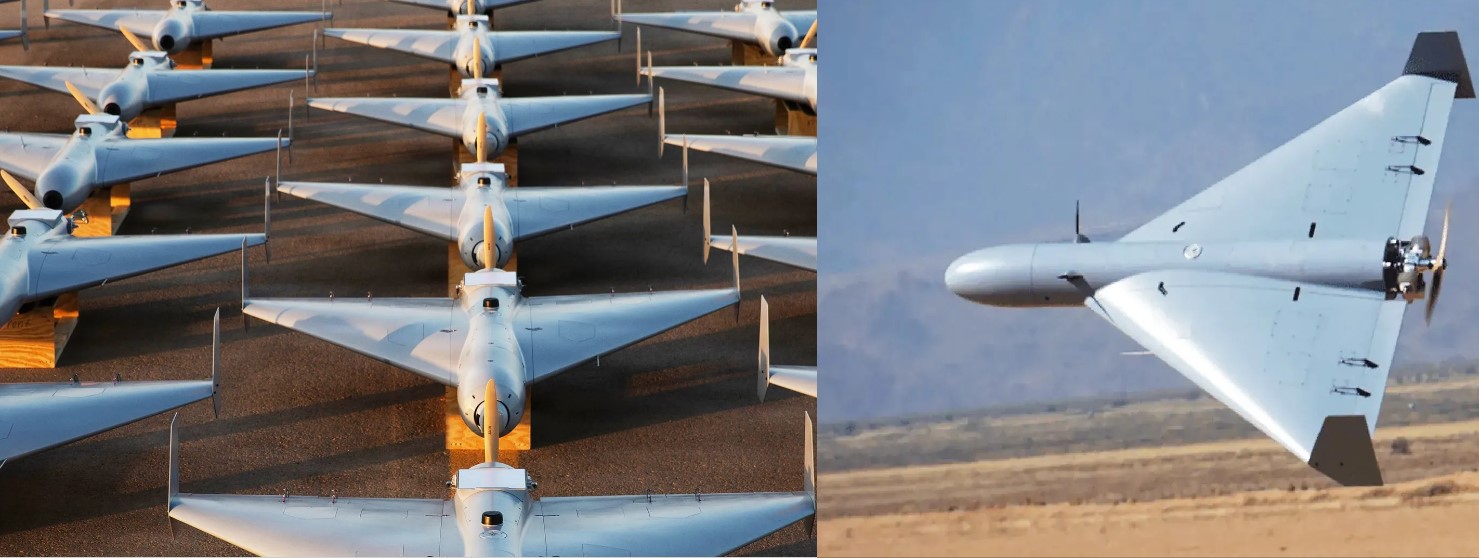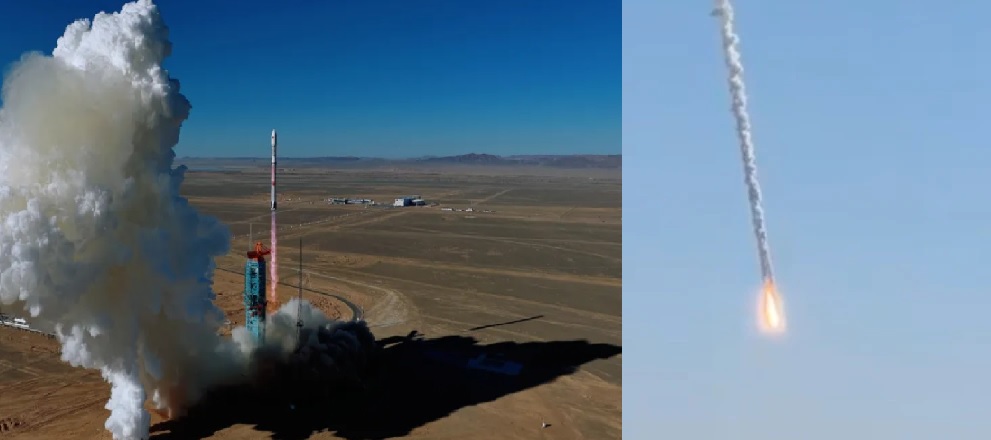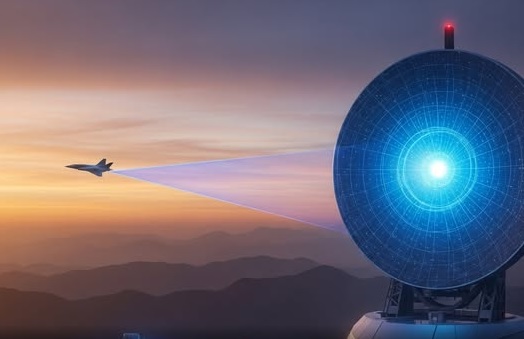ISRO Unveils Chandrayaan-4, Mission Venus and Plans for Human Moon Landing by 2040

New Delhi, August 2025 – The Indian Space Research Organisation (ISRO) has announced a bold roadmap for the coming decades, cementing India’s place among the world’s leading spacefaring nations. At the National Space Day celebrations, ISRO Chairman V. Narayanan revealed upcoming landmark missions including Chandrayaan-4, a dedicated Venus mission, the Bharatiya Antariksh Station (BAS), and a historic human landing on the Moon by 2040.
Chandrayaan-4: India’s First Lunar Sample Return
ISRO’s Chandrayaan-4 is set to be launched around 2027 and will mark a new chapter in lunar exploration. Unlike earlier Chandrayaan missions, Chandrayaan-4 will not only land on the Moon but also collect samples and return them to Earth. The mission will involve multiple modules, precision landing, lunar orbit docking, safe ascent from the Moon, and re-entry of samples into Earth’s atmosphere.
This will make India only the fourth country in the world to attempt a lunar sample return, demonstrating complex space capabilities such as in-space docking and interplanetary material transfer.
Mission Venus: Expanding Planetary Science
Alongside the lunar program, ISRO has also announced plans for its first-ever Venus Orbiter Mission. The probe will study Venus’s thick atmosphere, surface geology, and climatic conditions, giving Indian scientists new insights into the planet often called Earth’s “twin.”
This mission highlights India’s ambition to move beyond the Earth-Moon system and deepen its role in interplanetary research.
Bharatiya Antariksh Station by 2035
India will soon join the select group of nations with their own space stations. ISRO confirmed that the Bharatiya Antariksh Station (BAS) will be built in phases. The first module is expected to launch by 2028, with the entire station fully operational by 2035.
BAS will serve as India’s permanent laboratory in space, supporting long-duration crewed missions, microgravity experiments, and serving as a staging hub for future deep-space exploration.
Human Moon Landing by 2040
The most ambitious part of ISRO’s roadmap is the plan to land Indian astronauts on the Moon by 2040 and bring them safely back to Earth. This mission will rely on the experience gained from the Gaganyaan human spaceflight program, advanced heavy-lift launch vehicles, and docking technologies.
If successful, India will join the ranks of the United States, the former Soviet Union, and China in conducting human lunar missions.
The Next Generation of Indian Space Exploration
To power these missions, ISRO is also developing a Next-Generation Launcher (NGL) capable of carrying heavier payloads into space. The government has assured full support, seeing India’s space program as vital not only for scientific progress but also for strategic leadership in the new space age.
Why It Matters
-
Chandrayaan-4 will bring back lunar samples for the first time in India’s history, advancing planetary science.
-
The Venus mission will expand India’s interplanetary exploration and scientific research.
-
The Bharatiya Antariksh Station will establish India’s permanent presence in low-Earth orbit.
-
A human Moon landing by 2040 would be a historic leap, placing India among the top global space powers.
With this visionary roadmap, ISRO has signaled that India’s space journey is not just about exploration—it’s about leadership, innovation, and shaping the future of humanity beyond Earth.
✍️ This article is written by the team of The Defense News.






